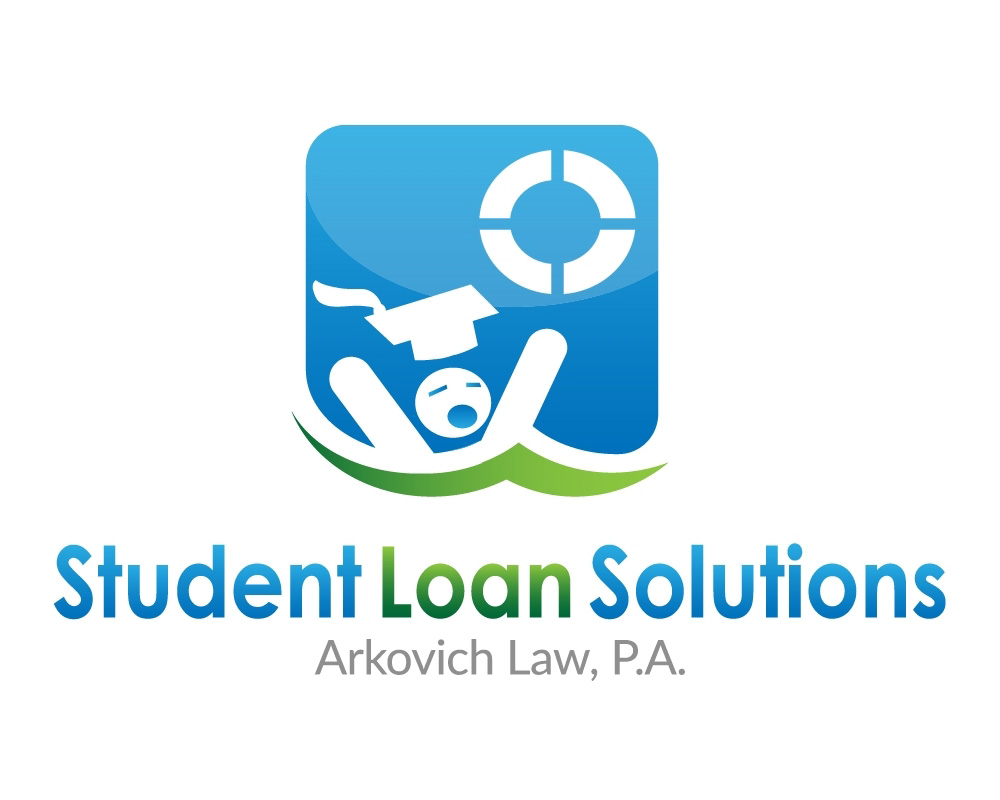 The new IDR account adjustment going on right now may require that you consolidate your FFEL loans to Direct. You may also want to consolidate differently dated Direct loans to one consolidation that will re-date all the loans to the earliest repayment date so you get as much credit toward your income driven plan forgiveness as possible. This is particularly important for anyone who bifurcated their education and had a gap – no matter how small – between degrees.
The new IDR account adjustment going on right now may require that you consolidate your FFEL loans to Direct. You may also want to consolidate differently dated Direct loans to one consolidation that will re-date all the loans to the earliest repayment date so you get as much credit toward your income driven plan forgiveness as possible. This is particularly important for anyone who bifurcated their education and had a gap – no matter how small – between degrees.
There is much more information online and at your fingertips than you may believe.
You need to login to studentaid.gov & download your TXT file covering all of your federal loans. Each loan is listed and for FFEL loans, the Servicer, Lender & Guarantor are listed so you can tell if FFEL is owned by ED or not. FFEL loans owed by ED are covered by the IDR waiver/account adjustment. Generally though, if you have a FFEL loan with anyone, including the Department of Education, it usually is best to change it to Direct for multiple reasons such as PSLF, SAVE etc. There can be reasons not to though – and we’d recommend a strategy session with us where we can go over whether you should consolidate, how to do it, and often be by your side talking you through it.
 Lots of federal student loan borrowers are in the same boat now. Have you consolidated your loans in an effort to get onto SAVE for the lowest possible payment? But it seems to have backfired because your payment is now enormous?
Lots of federal student loan borrowers are in the same boat now. Have you consolidated your loans in an effort to get onto SAVE for the lowest possible payment? But it seems to have backfired because your payment is now enormous? Reboot Your Life: Tampa Student Loan and Bankruptcy Attorney Blog
Reboot Your Life: Tampa Student Loan and Bankruptcy Attorney Blog


